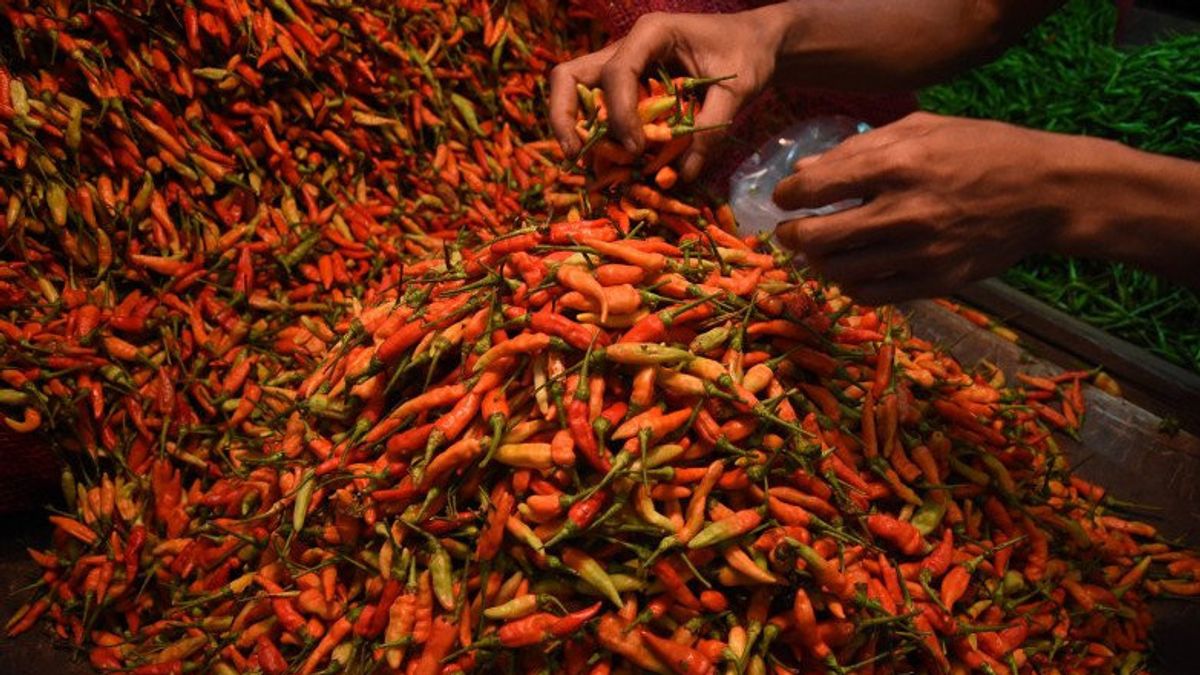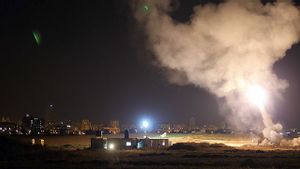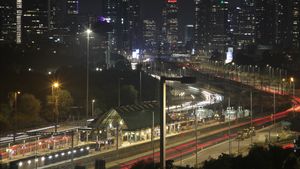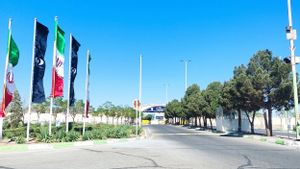SURABAYA - The price of cayenne pepper in East Java creeps up ahead of Eid al-Adha. In fact, the price for one kilogram is the same as the price for one kilogram of pure beef, which is Rp. 95 thousand per kilogram (kg).
"Now the price of chili is very expensive, the price of shallots has also increased," said Qurratun Aini, 28, a resident of Karah Agung, Surabaya, Wednesday, June 22.
The mother of one said that the price of cayenne pepper was originally around Rp. 35-40 thousand per kg, but increased to Rp. 95 thousand per kg. Meanwhile, shallots were originally Rp. 30 thousand per kg, increased to Rp. 47 thousand per kg.
The same complaint was conveyed by a mixed rice seller in Ketintang, Surabaya, Diah, 38. He complained about the rising prices of basic necessities, especially chili.
He said the price of cayenne pepper had penetrated Rp. 100,000 and above. This is what makes him reduce the production of chili sauce to complement his mixed rice.
"The price of chili is now expensive at Rp. 100 thousand and above, when I shop at Pagesangan Market," he said.
The high price of this commodity is also in accordance with data from the Basic Material Availability and Price Development System (Siskaperbapo) managed by the East Java Provincial Government (Pemprov), the average price of cayenne pepper is IDR 95,855 per kg on Wednesday (22/6/2022). The highest average price was IDR 108,250 in Pasuruan City, the lowest was IDR 83,375 in Bondowoso.
The average price of cayenne pepper is IDR 95,855 per kg, which is equivalent to the lowest average price for pure beef in Kediri, which is IDR 95,000. Meanwhile, the highest average price is IDR 130,000 in Pacitan. Well, the overall average price in East Java is IDR 115,627.
Deputy Chairperson of the East Java Indonesian Chili Agribusiness Association (AACI), Nanang Triatmoko, mentioned a number of factors that influenced the increase in the price of cayenne pepper in East Java. The main factor is the reduction in production in chili centers in Bojonegoro, Tuban, Lamongan, Kediri and Blitar.
"There is a vacancy in the harvest in the central area of cayenne pepper. So if the harvest is usually continuous between regions, this time it is cut off. Actually, it is not rare but production has decreased. So the stock is not much," he said.
The English, Chinese, Japanese, Arabic, and French versions are automatically generated by the AI. So there may still be inaccuracies in translating, please always see Indonesian as our main language. (system supported by DigitalSiber.id)













